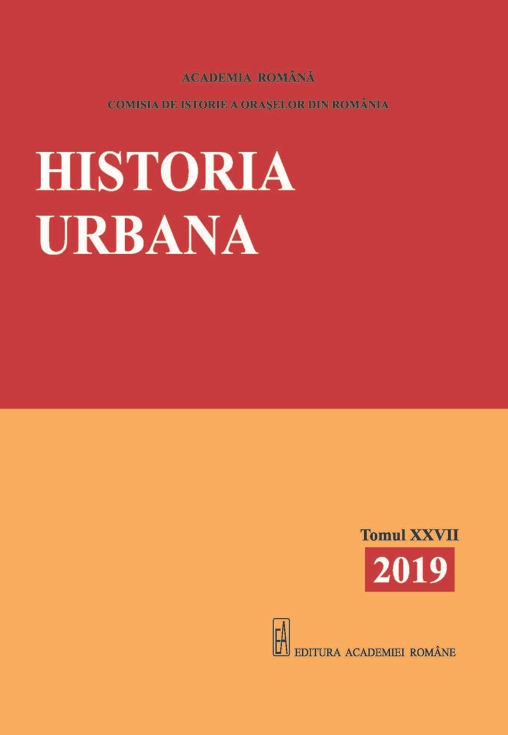Oraș istoric, oraș industrial, oraș socialist: Dezbateri pe tema reconstrucției la Iași în primele două decenii postbelice
Historic City, Industrial City, Socialist City: Debates regarding the Reconstruction of Iași in the First Two Post-war Decades
Author(s): Liliana IugaSubject(s): Local History / Microhistory, WW II and following years (1940 - 1949), Post-War period (1950 - 1989), History of Communism
Published by: Editura Academiei Române
Keywords: socialist city; reconstruction; urban planning; Romania; post-war period;
Summary/Abstract: This article analyses some of the visions regarding urban reconstruction in post-war Romania, taking as a case study the city of Iași. Conceptually, reconstruction has been defined as a set of (often state-coordinated) policies to rebuild the city after the war, as well as project of socialist modernization. While combining the modernist ethos with elements of the Marxist ideology, this project aimed at reconfiguring the urban layout in the new political and economic context, often in a radical form.The necessity of urban modernization measures has been emphasized since the end of the war. The local administration perceived the damaging effects of the bombings as an opportunity to address problems related to the city’s development. However, the immediate post-war plans were built on the idea of a low-rise city. In mid-1950s, plans drawn in Socialist Realist key aimed at creating a monumental city centre around major historical monuments yet ignored the rest of the urban fabric. Finally, the socialist development of Iași during the following decades was envisaged in the 1960s. While challenging previous systematization plans that avoided the plain area around Bahlui because of frequent floods, it was proposed to locate there the industrial area and the first modernist districts. This article analyses, therefore, the evolution of these ideas in professional debates, focusing on the relation between old and new. Particular emphasis is put on the definitions of local specificity, and the way in which broader planning concepts have been contextualized in Iași. Not least, it demonstrates the attachment of local professionals and intellectuals to the city’s history and monuments, showing that alternative design solutions, more considerate towards the specificity of the historic area, have also been proposed.
Journal: Historia Urbana
- Issue Year: XXVII/2019
- Issue No: 27
- Page Range: 259-277
- Page Count: 19
- Language: Romanian
- Content File-PDF

